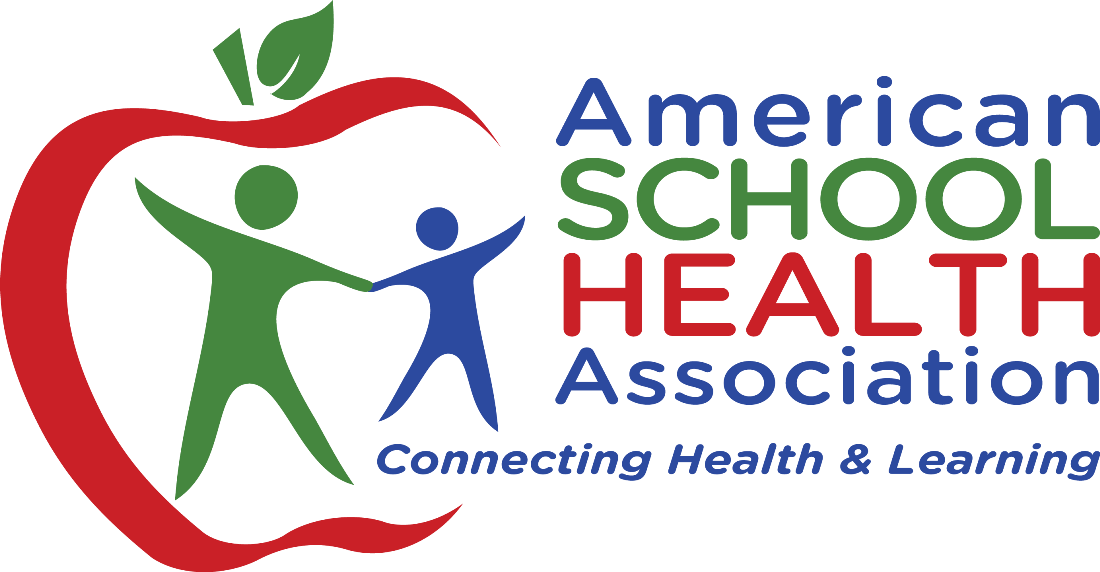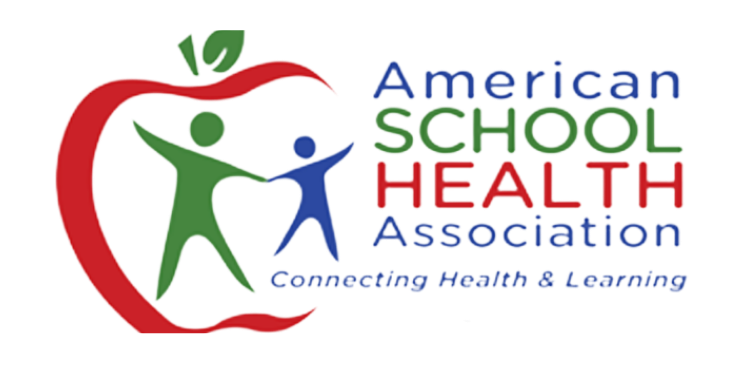ASHA’s Core Beliefs in Action: Moving from Paper to Reality
When your values are clear to you, making decisions becomes easier.– Roy E. Disney
An organization’s mission statement briefly explains why it exists. The vision statement provides a synopsis of the organization’s hopes and dreams. But if you really want to know what ASHA is all about, you’ve got to read the recently updated Core Beliefs in Action. Let’s look at the evolution of this document and why it is so important.
It is not uncommon for an organization undergoing change to introduce a new mission and vision statement along with new branding and tag lines. ASHA underwent significant changes between 2010 and 2017—so much so that I feared the loss of “institutional” memory. As president during part of that transition, it became clear we did not have the organizational tools needed for efficient decision making, particularly when it came to supporting legislation or taking an immediate stand on an issue. The ASHA office often gets calls from the press as well. We had to rethink how decisions were made. While technology had made that easier, ASHA was “stuck” in a paper and process world.
Our efforts to become more responsive and nimble lead us to phase out the cumbersome resolutions process. We wanted to develop anticipatory policy briefs and position papers based on current research and the organization’s values. We wanted to have materials that could be shared with potential funders. Logos aside, ASHA’s leadership felt the need to put pen to paper (figuratively speaking) and answer one simple question:
What do we believe?
ASHA’s Advocacy Committee, under the leadership of Board member Sandy Klarenbeek, considered that question as it developed the first version of the Core Beliefs in Action. The Advocacy Committee envisioned a document describing the essence of the organization, clearly articulating what it holds dear and important and backing that up with research and resources. The committee also envisioned adding support materials to the document such as video clips.
While the organization’s mission and vision lead the way, the Core Beliefs in Action provide the organization with a framework to make decisions. The Core Beliefs go beyond inspiration; rather, they provide the framework for the hard choices the organization must make about programs and services for members. In essence, the Core Beliefs in Action guide what ASHA does every moment of every day and clearly articulate the heart and soul of the organization. Along with current position papers, the Core Beliefs provide a solid framework for ASHA’s staff and leadership to respond quickly and effectively to requests for information.
Fast forward—a few years later, the organization’s leadership seeks to reexamine the guiding principles of the organization. As an organization changes, do the core beliefs still ring true? Are programs and services aligned with those core beliefs? Have we made decisions based on what we value? Do the core beliefs enable us to remain cognizant of our vision and yet still be visionary? Is there something we missed when we first established these core values? Do they truly represent ASHA’s members?
In 2018, ASHA released an updated version of the Core Beliefs in Action. The Advocacy Committee, under the leadership of Board member Wendy Sellers, provided a critical link to the Whole School, Whole Community, Whole Child (WSCC) model and updated many of the references. They did a spectacular job creating a document that is user-friendly and current and that clearly articulates what ASHA members believe.
ASHA’s Core Beliefs in Action include:
- Core Belief One: Health and learning are directly linked and essential to the development of healthy, resilient citizens.
- Core Belief Two: Schools are uniquely positioned to help students acquire healthy habits for a lifetime.
- Core Belief Three: A coordinated school health approach is the most effective and efficient means of promoting healthy citizens.
- Core Belief Four: School health professionals should be highly qualified and be able to use current theory and research to select and design effective health and education strategies.
- Core Belief Five: Schools should be safe, nurturing environments that facilitate learning for all.
An organization’s core beliefs develop over time. They are strongly held, inspirational, and informative. I urge you to read ASHA’s Core Beliefs in Action and share a copy with your principal, department chair, board of education president, parents, and students. Post the document on the wall in your office. Send it to colleagues. Let everyone know that you belong to an organization that believes in the power of health! Be proud of ASHA and what it stands for. Urge them to join ASHA! Moving from paper values to real-world applications is a leap at best but it is what we aspire to—creating schools where every student is healthy and successful. Wow! What a concept!
In closing, I leave you with a thought paraphrased from Jim Collins, bestselling author of Good to Great and Built to Last. Your assignment is simply this:
If these are ASHA’s Core Beliefs, what obstacles get in the way? What can you do to support, promote, and defend the core beliefs? What can you do to help make the Core Beliefs move from paper to reality, from prose to action?
I look forward to reading your answers to these important questions!
Linda L. Morse, RN, MA, CHES-R, FASHA
ASHA Past President

